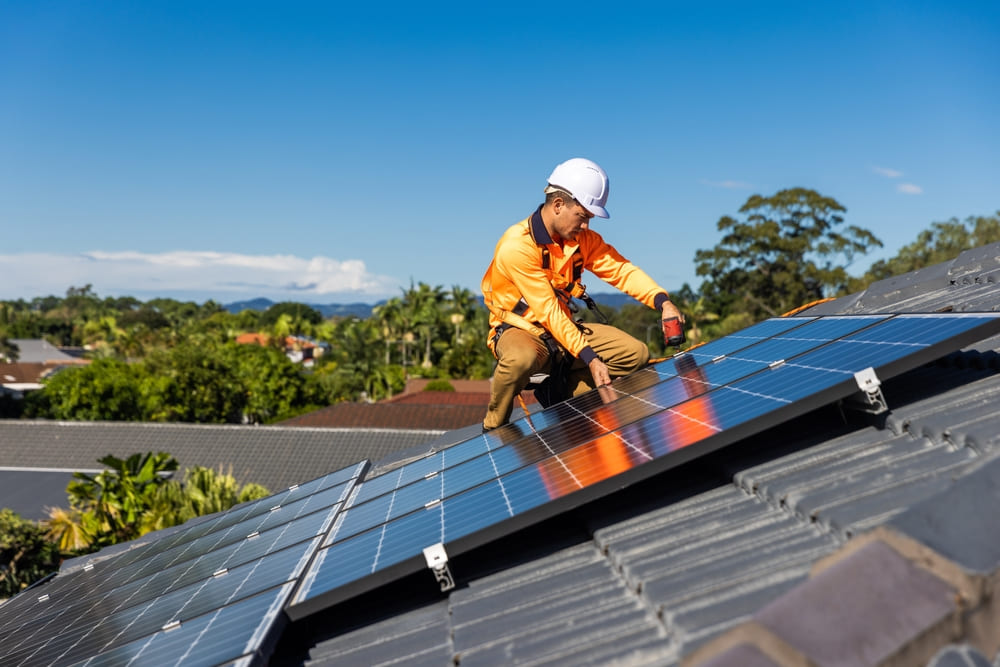
A recent report has highlighted that Australians are missing out on significant cost savings due to untapped rooftop solar potential, with an estimated $9.3 billion in savings available annually for people living in apartments, social housing, and private rental houses.
Despite Australia’s status as a world leader in residential photovoltaic deployment, with rooftop solar installed in almost one in three houses, much of this potential savings is not being realised, especially in rental properties and social housing.
The research, published in the Rooftop Solar Potential of Australian Housing Stock by Tenure and Dwelling Type report, was conducted by researchers from the UNSW School of Photovoltaic and Renewable Energy Engineering in collaboration with the Australian Photovoltaic Institute.
The study found that there are approximately 45.8 gigawatts (GW) of unrealised potential for rooftop solar energy in houses and apartments across the country, three times the number of panels currently installed on roofs.
New South Wales, Victoria, and Queensland have the highest share of this solar potential.
UNSW Senior Research Fellow Dr Mike Roberts, and one of the authors of the report, emphasised the significant savings that households could achieve with rooftop solar.
“Our analysis found that the power of solar can deliver average annual household bill savings of $1,300 each year,” said Dr Roberts.
The report also highlighted the potential for rooftop solar to create jobs and boost the economy.
Closing the solar potential gap could create 240,000 additional job-years of employment in the solar industry, supporting those working in solar sales and installation roles.
Solar Citizens National Campaigns Director Joel Pringle called on the government to make a significant investment in supporting more rooftop solar for households, people living in apartments, social housing, and renters.
“Unlocking this solar potential can return money to people’s pockets, deliver 785 megatonnes in avoided carbon emissions over 20 years, and the upfront investment is repaid in bill savings for households within about five years,” said Pringle.
The report recommends targeted incentives and subsidies to encourage more landlords to consider adopting rooftop solar, especially for rental properties and social housing.
These measures could not only lead to significant cost savings for households but also help reduce carbon emissions and create jobs in the solar industry.











